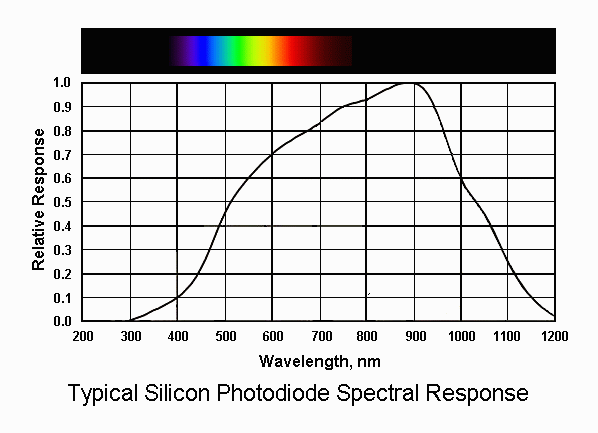What is the lowest IR wavelength you can get that is still invisible to view.
I'm need to turn off an a dark sensing photo electric sensor. normally I do this with a 680nm wave length. I believe the photo sensors best wavelength range for operation (turning off) is between 500nm and 650nm
part one. Lowest IR wavelength still not visible?
Part two. Has anyone tricked a standard outdoor dark sensing photoelectric sensor with a 800 - 900nm IR laser.
(( FYI this is not for street lights as in NZ where I life out street lights are on timers. it for a sensor on my own property ))
I'm need to turn off an a dark sensing photo electric sensor. normally I do this with a 680nm wave length. I believe the photo sensors best wavelength range for operation (turning off) is between 500nm and 650nm
part one. Lowest IR wavelength still not visible?
Part two. Has anyone tricked a standard outdoor dark sensing photoelectric sensor with a 800 - 900nm IR laser.
(( FYI this is not for street lights as in NZ where I life out street lights are on timers. it for a sensor on my own property ))






